16 Egg Replacements That Work in Lasagna Layers
Egg substitute for lasagna can transform your favorite Italian casserole while maintaining its rich texture and flavor.
Adapting recipes becomes necessary for those with allergies, dietary preferences, or when running out of ingredients at crucial moments.
The perfect egg alternative should bind the cheese layers together without changing the dish's essential character.
Plant-based options and common pantry items often work surprisingly well in this classic comfort food.
Alternative binding agents can actually enhance nutritional value while preserving that authentic lasagna experience everyone loves.
Innovative cooking techniques have made egg-free versions just as delicious as traditional recipes.
Ready to revolutionize your family's favorite pasta dish with smart ingredient swaps that nobody will detect?
Why Eggs Are Used in Lasagna Recipes
Eggs are a staple in many lasagna recipes because they help create a stable, creamy, and delicious dish that holds together beautifully when sliced and served:
Egg Substitutes in Lasagna
Eggs missing from lasagna can be replaced with another choice that binds the layers effectively. This way, you can assemble everything without pausing the process.
Flaxseed & Water
Substituting eggs with flaxseed is remarkably effective for binding ingredients in baked goods, including cakes and muffins that normally require eggs.
The simple mixture of crushed flaxseeds and water creates a sticky consistency perfect for holding ingredients together.
What makes this work so well is how water dissolves the flax fibers, releasing the natural mucous from the seed layer which acts as a binder.
For best results, mix one tablespoon of flaxseed with three tablespoons of water to replace a single egg in recipes.
Many home bakers find this plant-based alternative not only matches the binding properties of eggs but also adds a subtle nutty flavor to their creations.
Chia Seeds & Water
Swapping eggs for chia seeds in lasagna creates a surprisingly effective plant-based alternative that many chefs now recommend.
Chia seeds, when mixed with water, develop a sticky texture that mimics egg's binding properties perfectly in layered dishes.
The simple ratio requires just one tablespoon of seeds combined with two and a half tablespoons of water to replace each egg in your recipe.
These tiny powerhouses not only hold your lasagna layers together but also add beneficial omega-3 fatty acids and fiber that traditional eggs can't provide.
Unsweetened Zucchini Puree
Egg substitutes can make lasagna just as delicious while catering to dietary needs.
Unsweetened zucchini puree offers the most neutral replacement, preserving traditional texture and flavor without changing the dish significantly.
Pumpkin puree works wonderfully too, though it adds a slightly stronger taste that some people really enjoy.
For an interesting twist when using these vegetable substitutes, a sage-based white sauce pairs beautifully with both options instead of the typical red sauce.
These earthy combinations create rich flavor profiles that might surprise your dinner companions.
Many home cooks find these alternatives so satisfying that they continue using them even when eggs are available.
Bechamel Sauce
Substituting bechamel sauce for ricotta and eggs in lasagna creates a silkier, more refined texture that many Italian chefs actually prefer.
The simple combination of flour, milk, and butter whisked together forms a smooth base that binds the layers perfectly while adding a subtle richness.
You can customize your bechamel by adding grated parmesan, mozzarella, or even vegan cheese alternatives to match your taste preferences.
The sauce spreads more evenly between pasta sheets than traditional ricotta mixtures, resulting in more consistent flavor in every bite.
Plain Yogurt
Substituting plain yogurt for eggs in recipes creates a creamy texture while offering a healthier alternative for those with dietary restrictions.
The thicker consistency of yogurt helps bind ingredients together much like eggs would, particularly when making lasagna with ricotta cheese.
For best results, about a quarter cup of unsweetened yogurt can replace one egg, spreading evenly between layers to maintain structure.
Many home cooks appreciate how yogurt adds moisture without altering the flavor profile of their dishes.
This simple swap works wonderfully in pasta dishes, allowing the cheese to stick better while creating an even creamier final result than traditional recipes.
Tofu & Yogurt
Substituting eggs with a blend of tofu and yogurt creates a surprisingly effective alternative for bakers and those with dietary restrictions.
Simply mixing 1/8 cup silken tofu with 1/8 cup yogurt and a pinch of baking soda perfectly replaces one egg while providing necessary leavening properties.
Many home cooks find this combination delivers a texture remarkably similar to real eggs, especially when thoroughly blended rather than just mashed.
For those preferring a simpler approach, a quarter cup of tofu works alone, though the texture resembles ricotta more than eggs.
Cream & Cornstarch
Substituting cream with cornstarch for eggs creates deliciously creamy lasagna without sacrificing texture or flavor.
Heavy cream offers the richest results when whipped until it thickens, while a small amount of cornstarch helps achieve perfect consistency for binding layers together.
Many home cooks prefer this egg-free alternative because it maintains the classic lasagna experience while accommodating dietary restrictions or simply when eggs aren't available.
The process is straightforward - just beat the cream, add cornstarch gradually, then mix with ricotta before assembling your layers.
This simple swap works in most baked pasta dishes where eggs typically provide structure and richness.
Cream & Potato Starch
Substituting potato starch for cornstarch can elevate your cream mixture to new heights with its superior thickening power and neutral taste profile.
For best results, gradually whisk small amounts into your cream until it reaches a ricotta-like consistency that spreads easily between layers.
Many professional bakers prefer this swap because potato starch creates a smoother texture without the slight flavor that cornstarch sometimes adds.
The perfect ratio depends on how thick your cream needs to be, so add it slowly while whisking continuously to avoid lumps.
This simple change makes a noticeable difference in desserts where subtle flavors need to shine through.
Water & Arrowroot
Substituting arrowroot and water creates a fantastic egg alternative for many baked goods and dishes like lasagna.
The simple ratio of mixing one tablespoon of sage powder with two tablespoons of water produces an ideal binding consistency that holds ingredients together beautifully.
This mixture should be thoroughly combined before being incorporated with cheese and spread across each pasta layer for best results.
Home cooks appreciate how this plant-based option maintains the integrity of recipes while accommodating dietary restrictions or preferences.
Even non-vegans often can't tell the difference when this clever swap is used in their favorite pasta dishes.
Mashed Potato
Mashed potatoes make an excellent substitute for traditional binders in lasagna, creating a rich thickness that holds layers together beautifully.
When combined with ricotta cheese, they spread easily between pasta sheets while adding a subtle earthy flavor that complements the other ingredients.
For those following plant-based diets, potatoes can actually replace cheese entirely, making vegan lasagna possible without sacrificing texture or satisfaction.
The delicate nature of vegetable purees works surprisingly well in this classic dish, providing the density needed while allowing other flavors to shine through.
Home cooks often find this potato method creates a more budget-friendly meal that still delivers all the comfort of traditional recipes.
Mashed Parsnip
Parsnip's earthy nuttiness is an excellent egg replacement in many recipes, particularly when blended with ricotta for a smooth, creamy texture.
The combination spreads easily between layers, much like traditional mashed potatoes but with a distinctive sweet undertone that adds depth to savory dishes.
Many home cooks find this substitution works wonderfully in lasagnas and casseroles where eggs typically act as a binding agent.
For best results, the parsnip should be thoroughly cooked until tender before mashing to ensure no fibrous bits remain in your final mixture.
Applesauce
Unsweetened applesauce is an excellent egg replacement in lasagna recipes, providing the necessary binding properties without altering the savory flavor profile.
For best results, simply use 1/4 cup of plain applesauce for each egg called for in your recipe, making sure to avoid sweetened varieties that would create an odd tangy-sweet taste in your dish.
This substitution works particularly well in vegetarian or vegan lasagna variations where maintaining authentic texture matters most to diners.
Home cooks appreciate this pantry staple solution because it's budget-friendly and doesn't require special ingredients from health food stores.
Avocado
Avocados make a fantastic egg substitute in lasagna, binding the layers together while adding rich creaminess to each bite.
Simply mash or puree one avocado and spread it evenly across each layer before adding the ricotta cheese.
For a more integrated approach, many home cooks prefer mixing the avocado directly with ricotta beforehand, though this method intensifies the avocado flavor throughout the dish.
The natural fats in avocados replicate the moisture and binding properties that eggs typically provide, creating a cohesive texture that holds your lasagna together beautifully.
Just remember that unlike eggs, which disappear into the background, avocados contribute their distinctive taste to your Italian creation.
Sour Cream
Substituting eggs in lasagna with sour cream offers a delicious alternative that enhances the dish's richness and complexity.
A quarter cup of sour cream mixed with ricotta or spread between layers after being combined with cornstarch creates a perfect binding agent.
The subtle tangy flavor actually complements the cheese beautifully, making each bite more savory than traditional recipes.
Many home cooks find this swap creates a creamier texture that holds the layers together wonderfully during baking.
This simple change works especially well for anyone with egg allergies or when you've run out of eggs unexpectedly.
Water & Chickpea Flour
Chickpea flour mixed with water creates an excellent egg substitute for lasagna, offering a protein-rich binding agent that doesn't change the dish's flavor.
The paste, made from 3 tablespoons of flour per egg needed, has a light yellow color similar to real eggs and works perfectly to hold ricotta cheese together for a sturdy finished dish.
It also adds moisture while maintaining the traditional texture everyone loves in a good lasagna.
This substitute shines in both savory and sweet recipes, making it versatile for various cooking needs beyond just pasta dishes.
For people with dietary restrictions, the chickpea alternative provides a gluten-free solution that delivers comparable results to conventional eggs.
Aquafaba
Aquafaba is a remarkable vegan egg substitute that might already be sitting in your pantry - it's simply the thick, starchy liquid from canned beans.
Many bakers rely on this innovative ingredient because it closely mimics an egg's consistency in recipes without any animal products.
The process couldn't be easier; just drain a can of chickpeas or other beans into a bowl and collect the liquid that normally gets poured down the drain.
For best results, three tablespoons of aquafaba can effectively replace one egg in most baking recipes.
This kitchen hack works especially well in meringues, mousses, and baked goods where eggs typically provide structure and binding properties.
How Texture Changes with Egg Alternatives
Using egg alternatives in recipes like lasagna, cakes, or quiches can change the texture in noticeable ways, so it’s helpful to know what to expect when you swap them in:
Answers to Eggless Lasagna Substitute Questions
1. Will eggless lasagna hold together well?
Yes, using ricotta, cottage cheese, or a thick béchamel sauce can help bind the layers, keeping your lasagna together without eggs.
2. Does eggless lasagna taste different?
The flavor is very similar, but the texture may be slightly softer or creamier depending on the substitute you use.
3. Can I make vegan eggless lasagna?
Yes, use dairy-free ricotta or tofu, plant-based yogurt, and egg replacers for a fully vegan, egg-free lasagna.
4. Do I need to adjust baking time for eggless lasagna?
The baking time is usually the same, but check that the lasagna is heated through and the top is golden before removing from the oven.
5. Will my cheese filling be runny without eggs?
Use well-drained ricotta or cottage cheese, and consider adding a bit of cornstarch or flour to thicken the filling if needed.
6. Can I freeze eggless lasagna?
Yes, assemble and bake as usual, then cool completely before freezing. Reheat in the oven straight from the freezer for best texture.


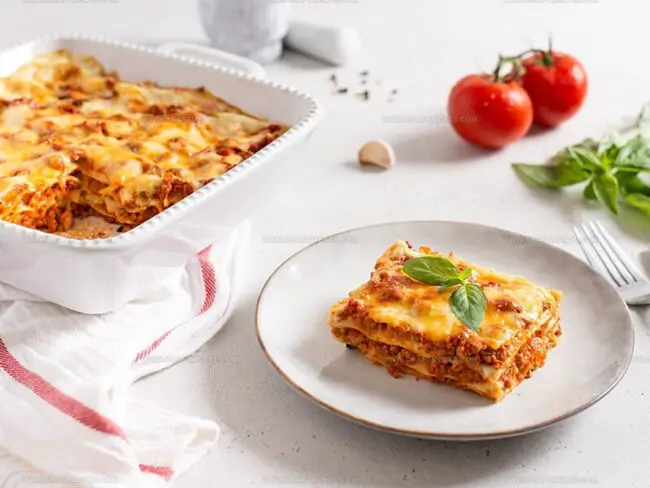
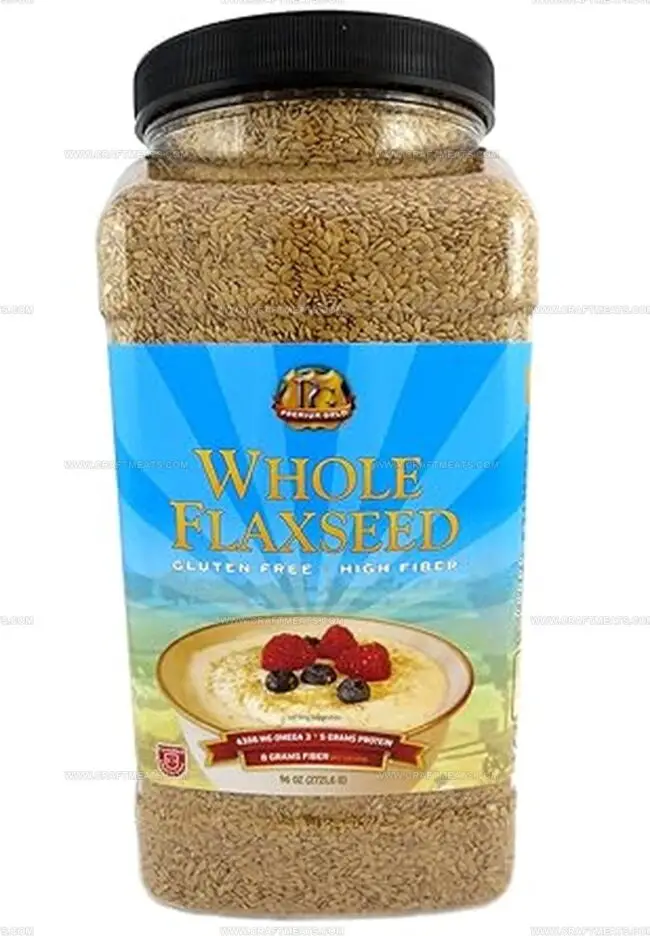
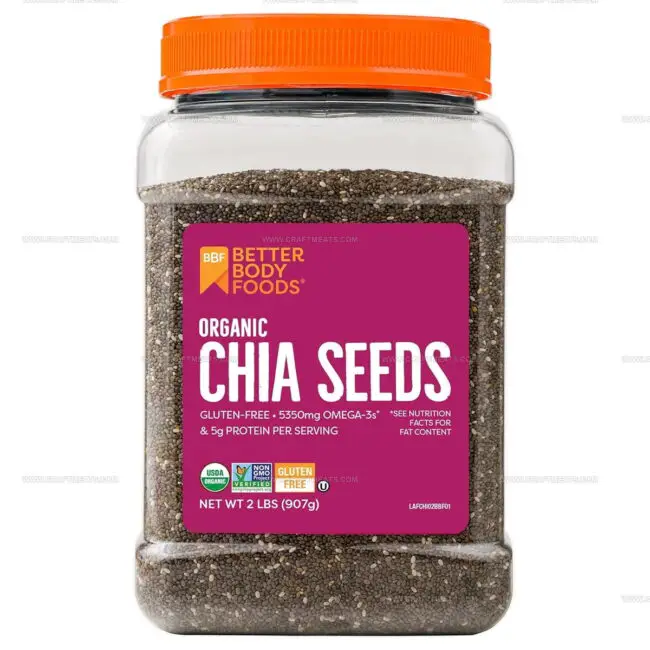
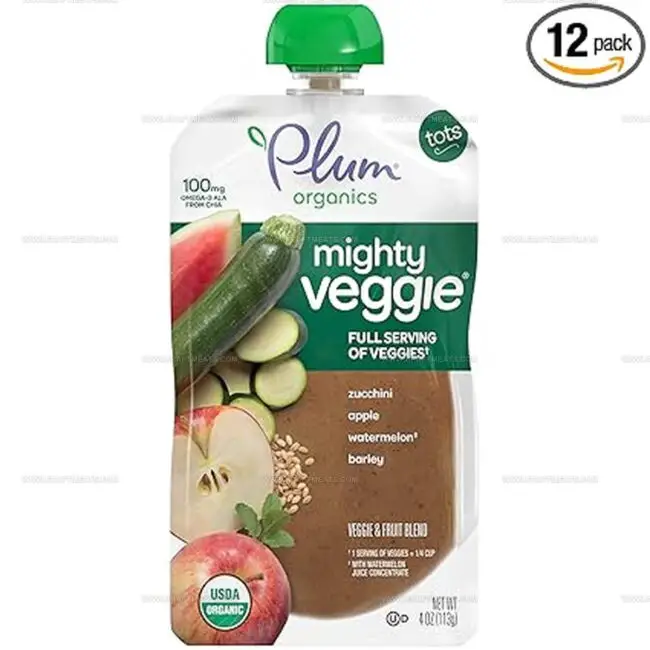
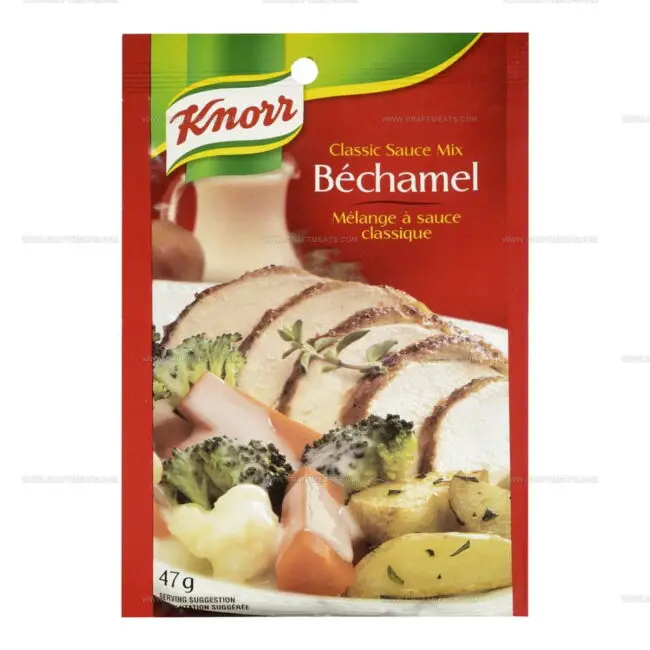
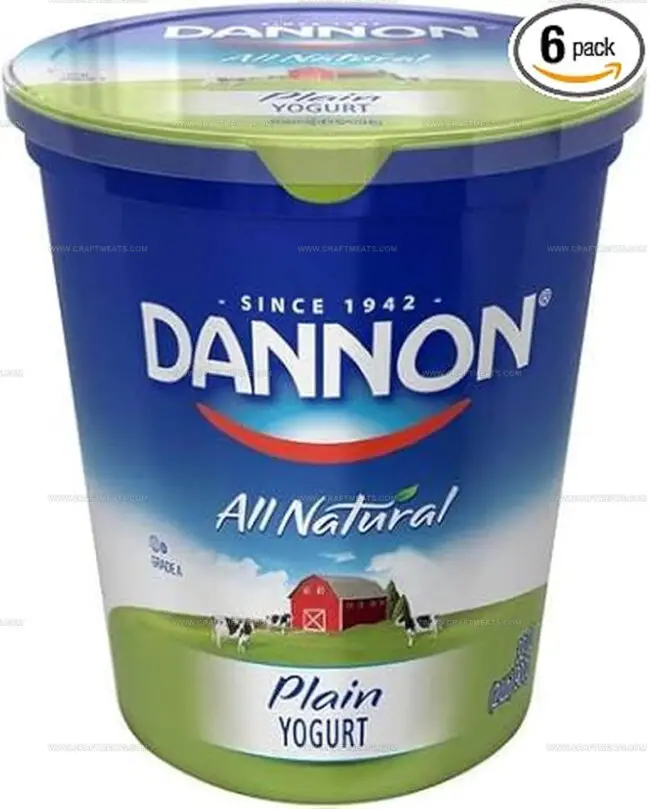

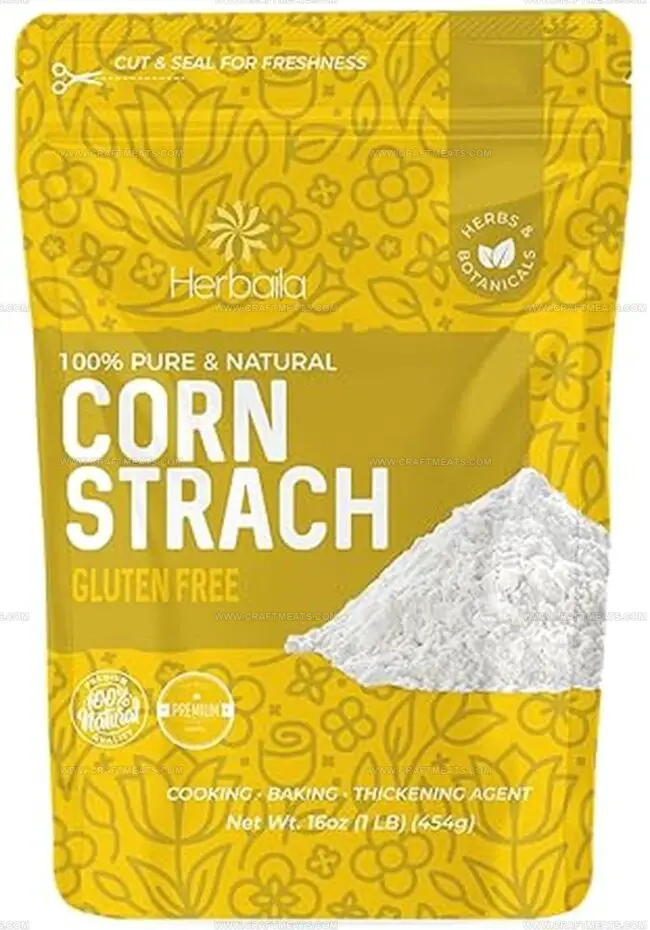
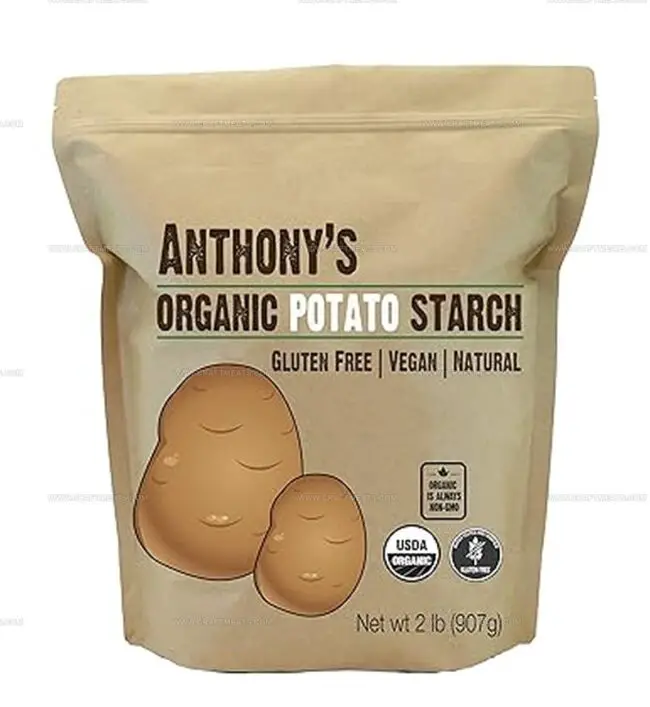
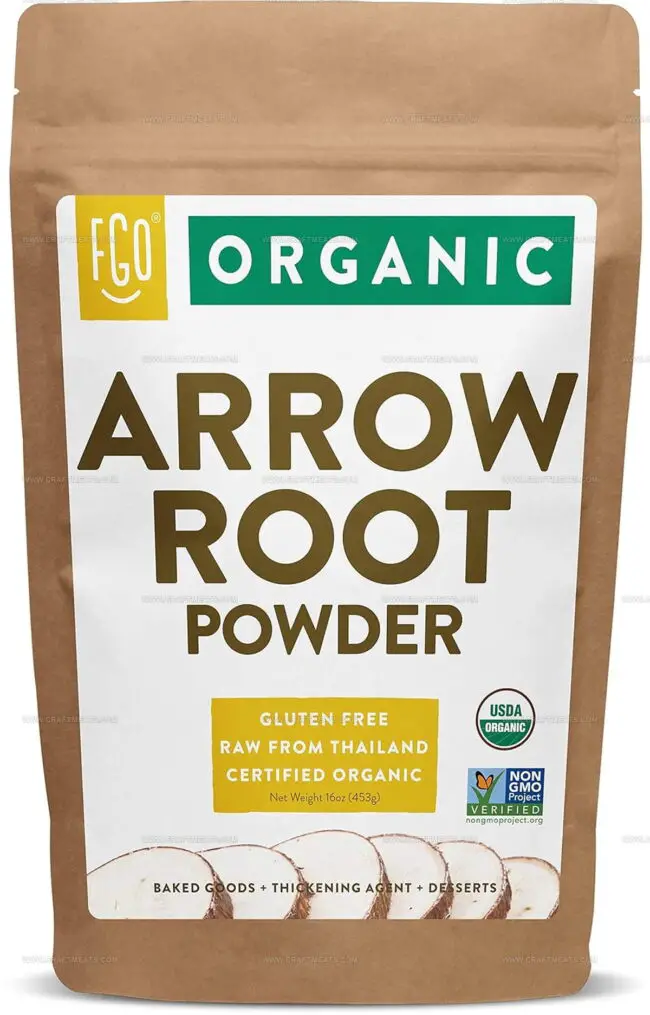
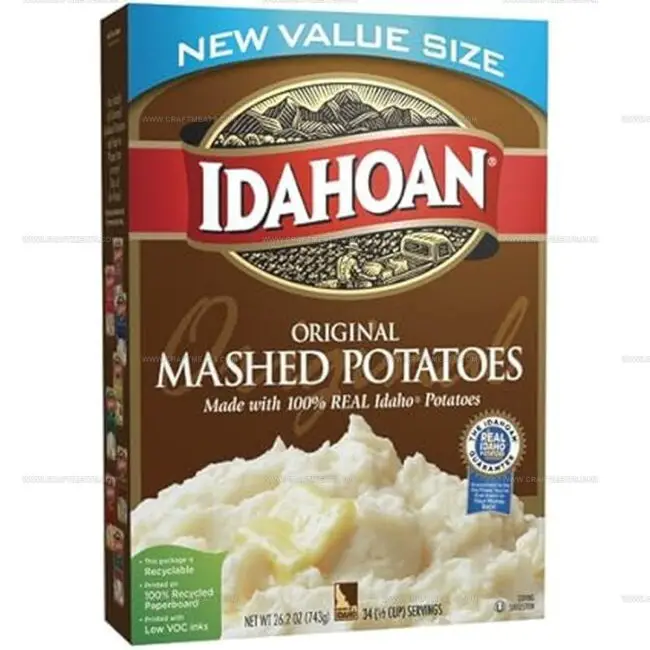
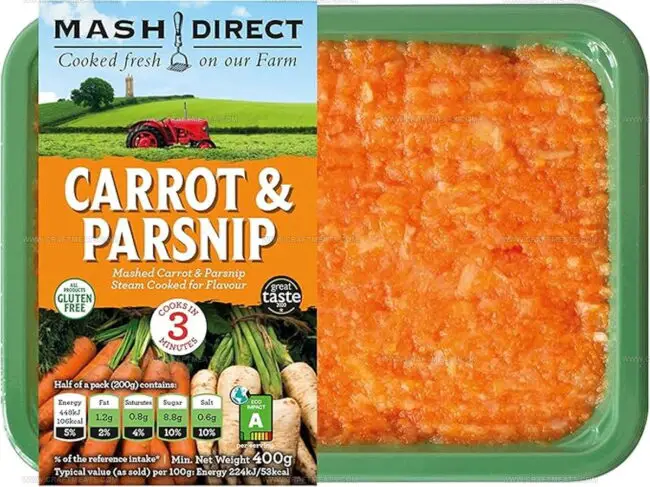
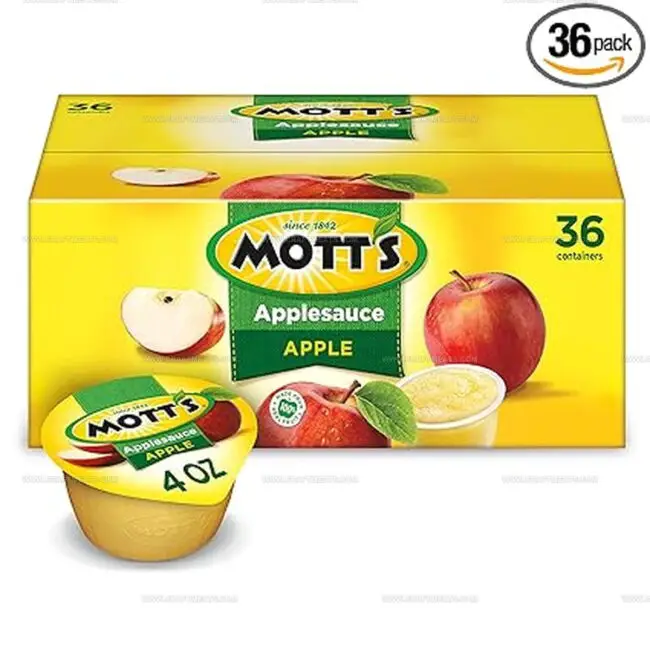
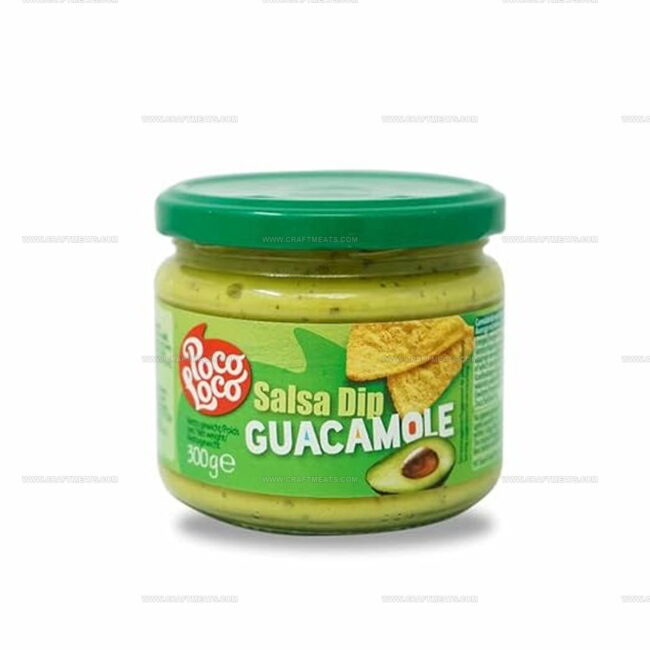

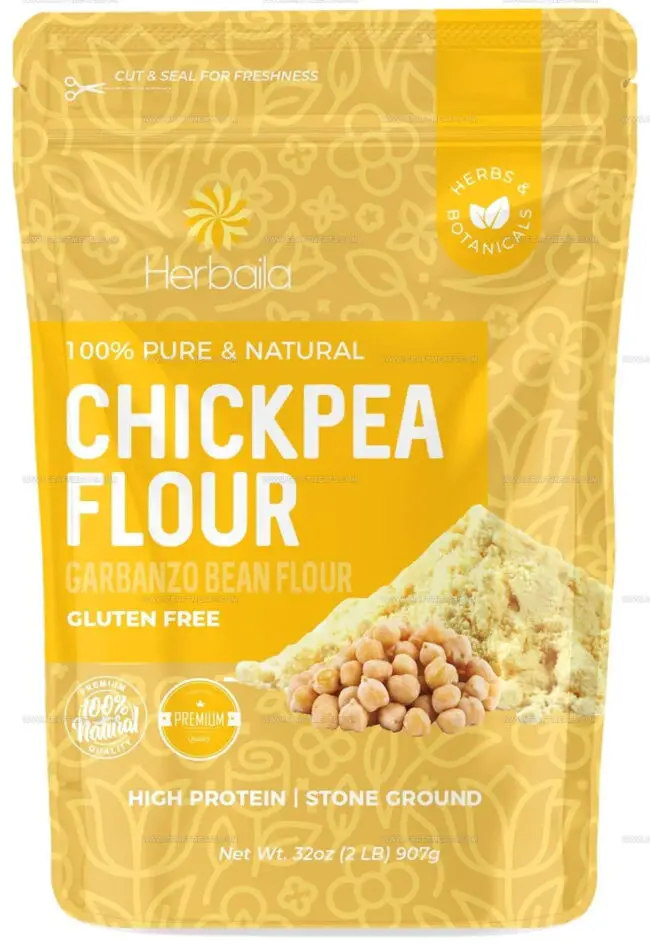
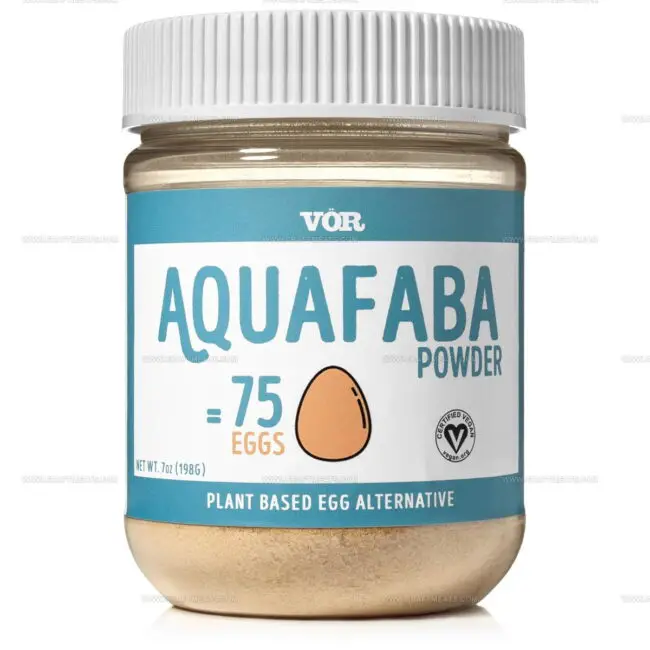
Isabella Rossi
Founder & Culinary Content Creator
Expertise
Recipe Development, Traditional Irish and European Cuisines, Food Styling and Photography, Culinary Education
Education
Dublin Institute of Technology (DIT) – School of Culinary Arts and Food Technology
Ballymaloe Cookery School
Liam is the voice behind many of Craft Meats’ most flavorful features. With roots in Dublin’s smoky barbecue scene and a culinary degree from the Dublin Institute of Technology, he brings time-tested cooking techniques to life.
His training at Ballymaloe Cookery School sharpened his farm-to-table approach, giving him a deep respect for every ingredient he writes about.
He’s not about overcomplicating the process, just helping you cook meat that’s worth talking about. When he’s not writing or grilling, he’s out foraging or nerding out on regional spice blends to add to his next recipe.